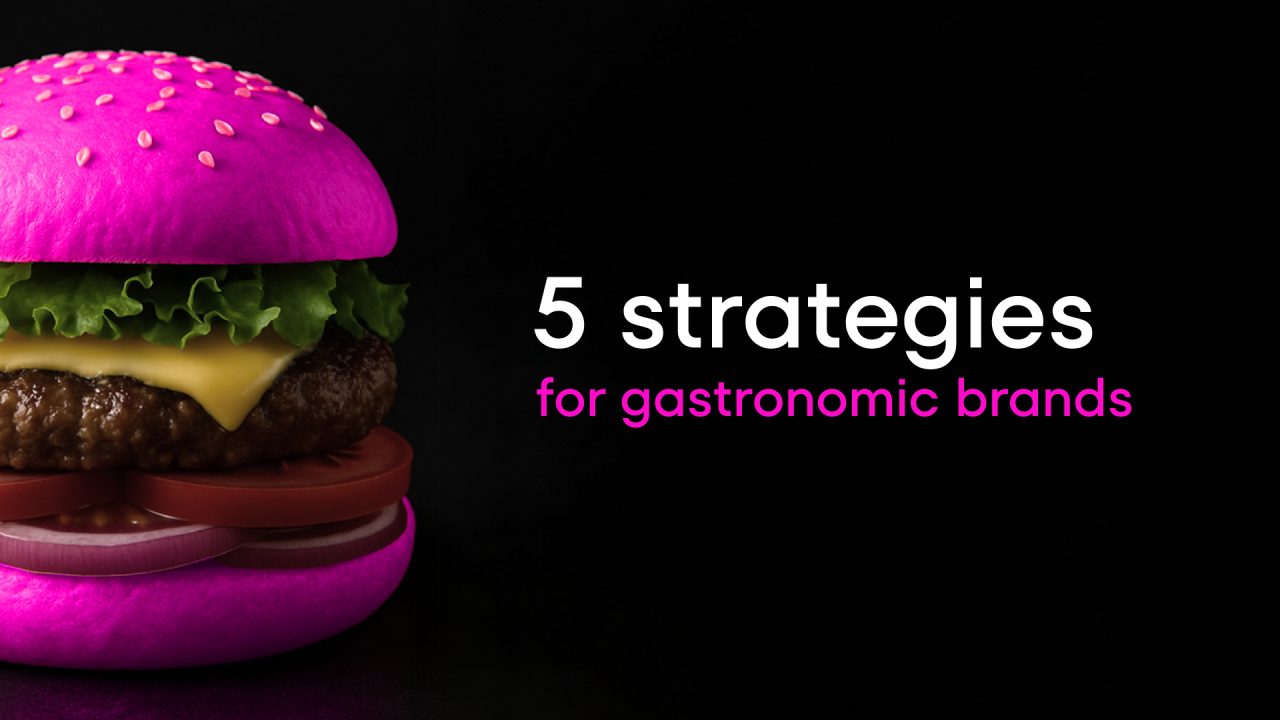
The strategy for foodservice brands in 2026 sets very strict rules. This is not just a competitive market, but also one shaped by the ever-growing expectations of consumers. We’ve identified five strategies for brands that want to get the most out of their future actions.
The first strategy is authenticity through hyperlocality. Today, more and more establishments aim to reflect local traditions, architecture, climate, and even microclimate in their concepts. A striking example is the Michelin-starred restaurant Blue Hill at Stone Barns in the U.S., which grows most of its ingredients on its own farm. This approach emphasizes seasonality, builds trust, and conveys honesty.
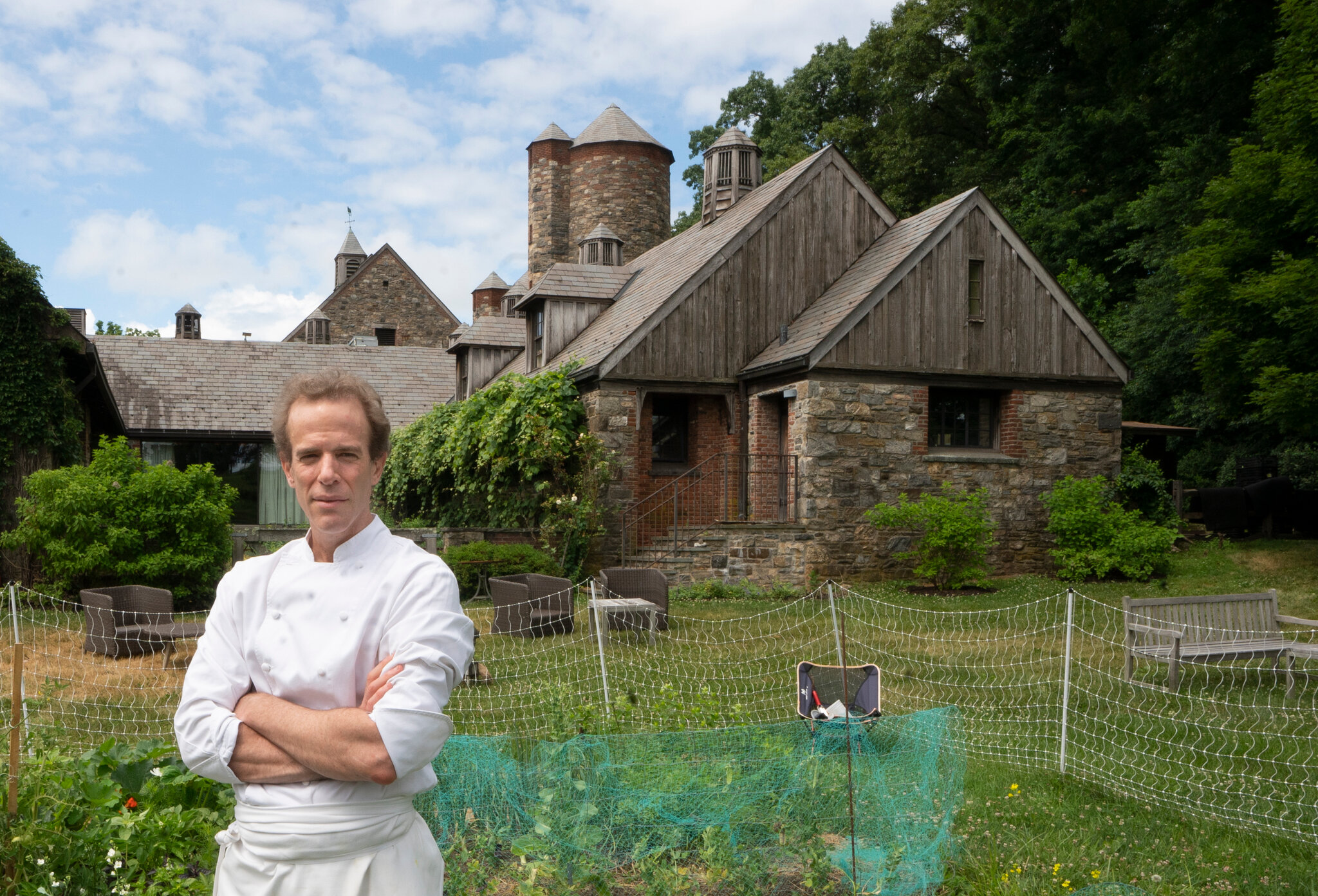
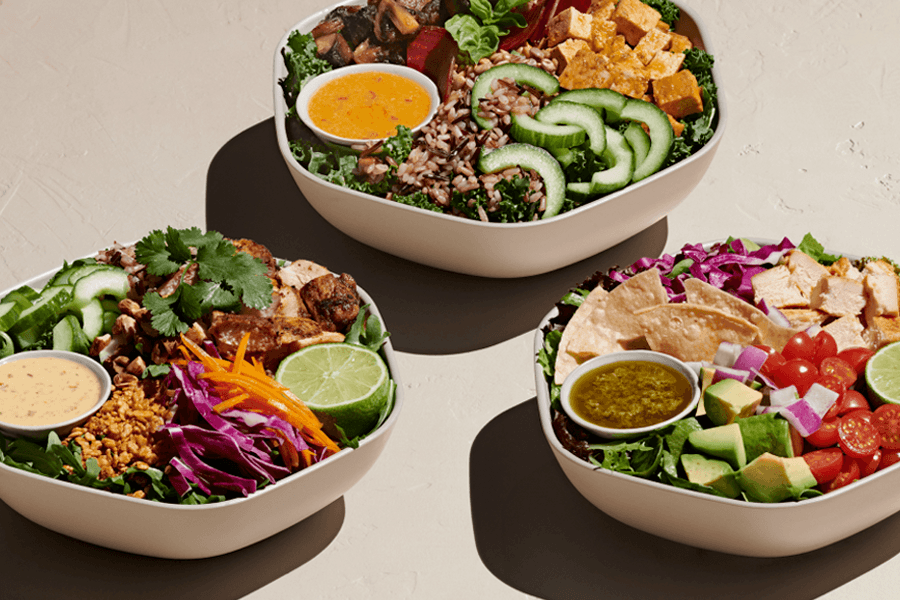
The second strategy is personalization of the customer experience. Loyalty programs, custom-made dishes and drinks tailored to individual tastes and preferences — all of this turns the customer into a participant, not just a guest. For example, the café Sweetgreen allows customers to create their own mix from ingredients sourced from over 500 farms. This boosts loyalty and increases the average check — because people feel they’ve been heard.
The third strategy is digital storytelling and engagement. A modern restaurant brand becomes a media outlet: it tells stories — of chefs, suppliers, and guests — and actively engages in dialogue on social media. The American chain Chipotle does this through memes, trends, and social media culture, creating the image of a relatable and down-to-earth brand. According to a forecast by Food & Wine, storytelling will become a key trend in the food industry by 2025.
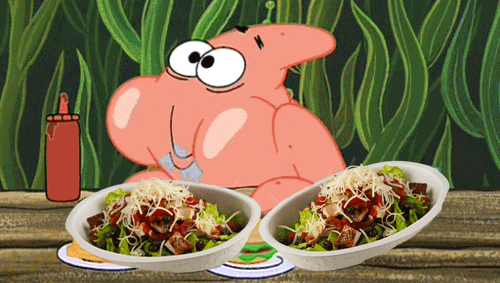
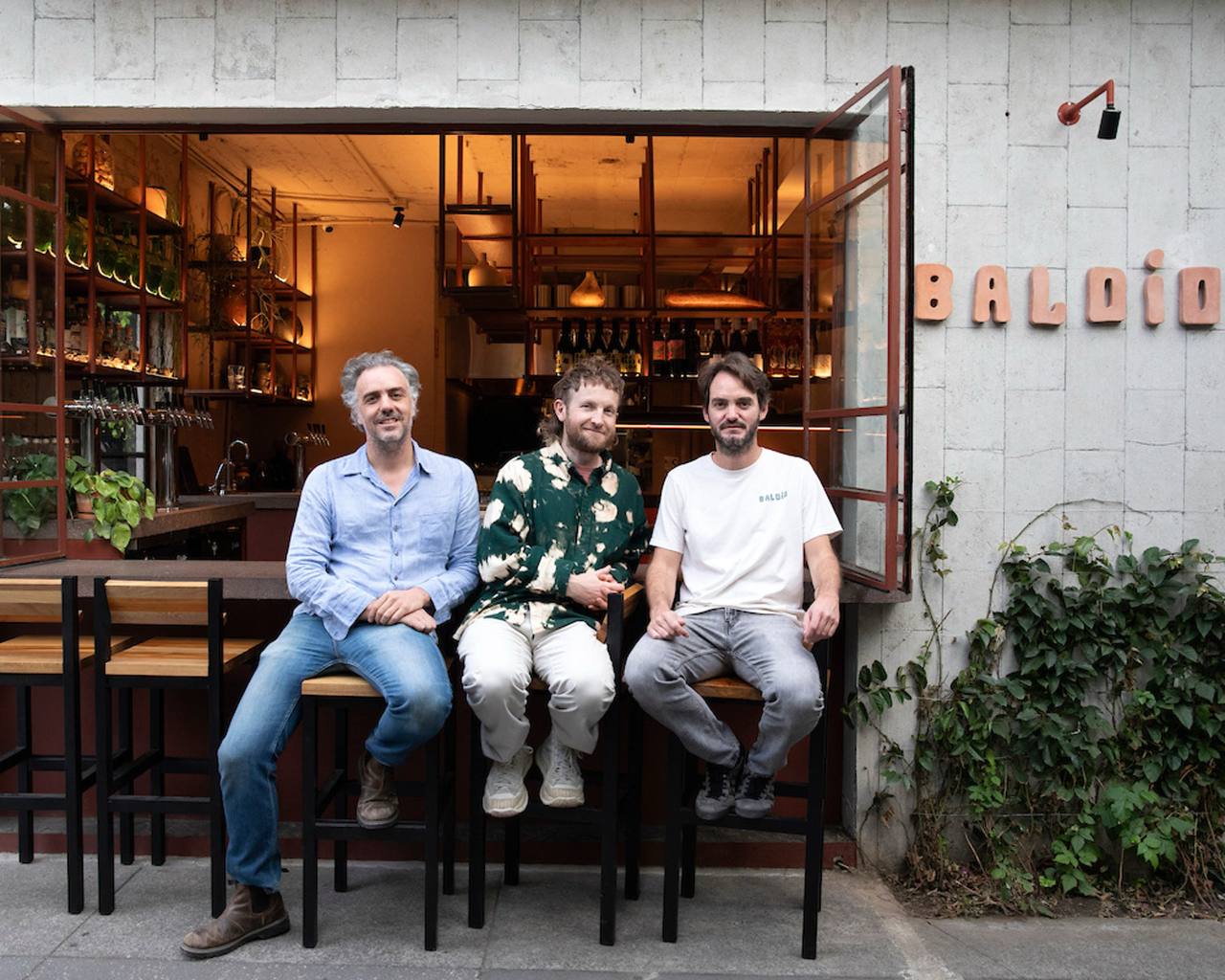
The fourth strategy is sustainability and zero-waste. Leading restaurants minimize waste, repurpose ingredients, and use eco-friendly materials. For example, the Mexican restaurant Baldío has become a “trash-free restaurant”: peels, pits, and leftovers are fermented and reused. This is not just a trendy image, but a real reduction in costs, media support, and even recognition — the restaurant was awarded a Michelin Green Star.
The fifth strategy is an immersive, multisensory format. Food becomes part of an experience that includes sound, light, scent, and emotion. Osip 2.0 — a British retreat-style restaurant offering overnight stays and farm tours — connects each dish to the surrounding landscape. It’s not just dinner, but a journey the guest lives through with all their senses.
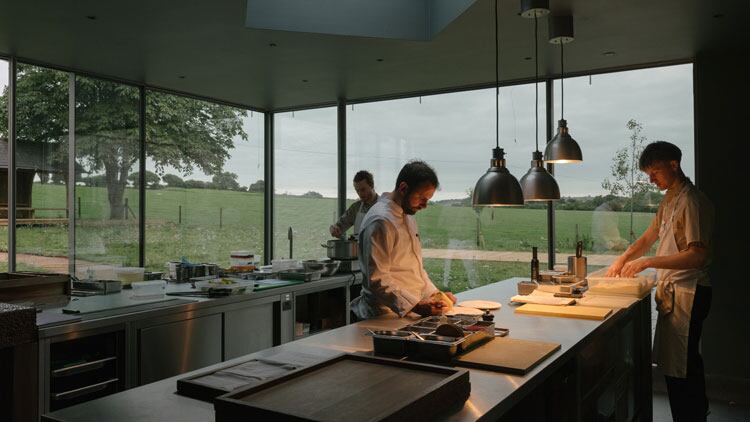
All of this proves that branding in the restaurant industry is not just decoration — it’s an asset. It works around the clock, even when the restaurant is closed. It turns guests into advocates, dishes into culture, and the establishment into a story people want to share.
Projects in the food service industry created by the branding agency Moloko:
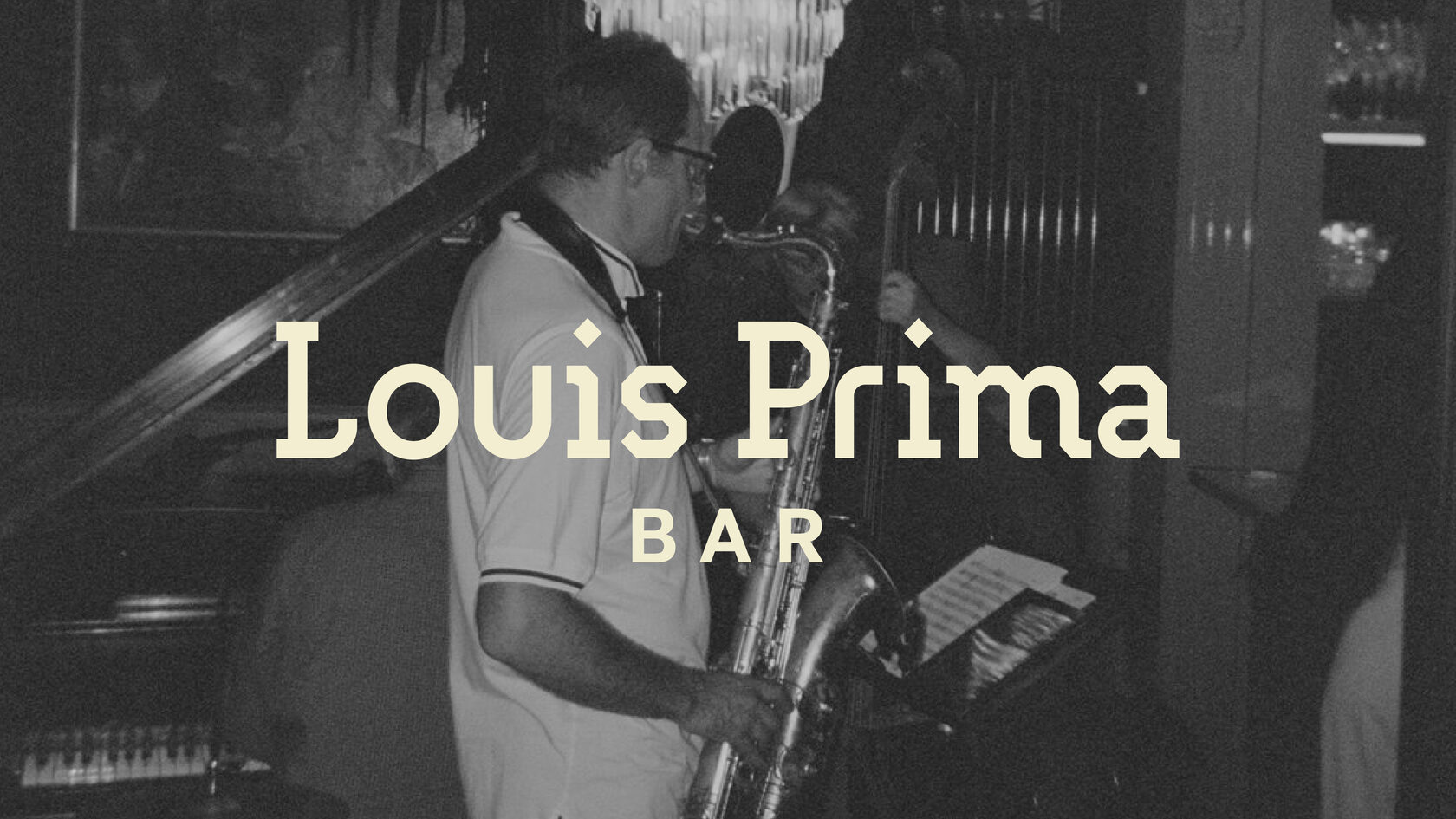
Louis Prima Bar is an attempt to capture the spirit of New Orleans without relying on obvious visual clichés. The logo is composed of building silhouettes that transform into letters — a visual portal that creates an entry point into the city’s atmosphere.
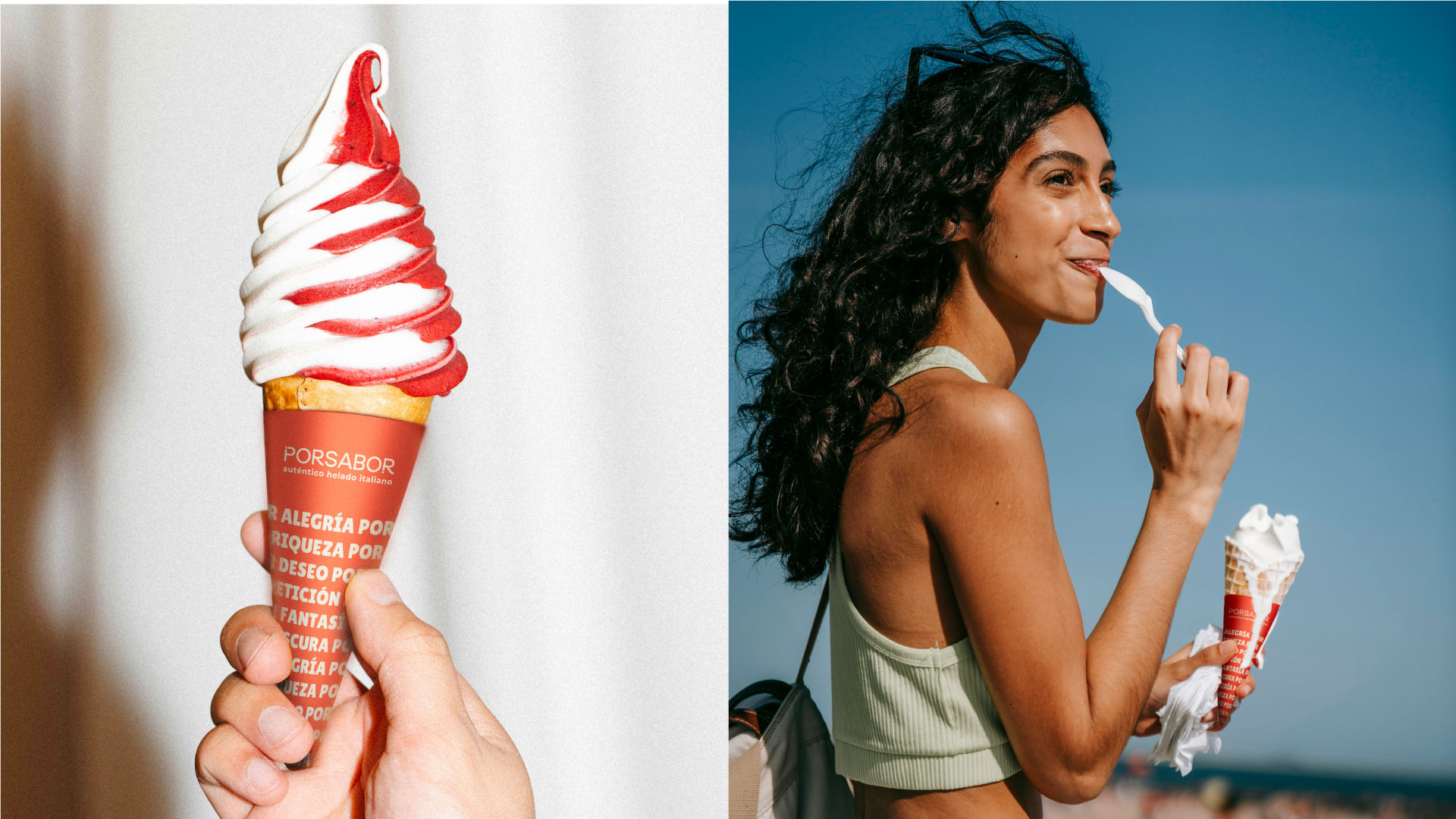
Porsabor Café in Tenerife is more than just an ice cream shop — it’s a premium space inspired by the tradition of Italian gelato. The café’s name is a subtle play on words, blending “Por favor” (please) and “Sabor” (flavor), instantly evoking a sense of emotional delight.

Moss Bar isn’t just a venue — it’s a visual manifesto. Its identity is built around the cultural codes of the ’90s, the image of Kate Moss, and the aesthetics of “heroin chic.” The concept is distilled into the slogan “Your Chemical Romance,” while the logo — an elongated serif typeface — evokes the feeling of looking through a glass.

